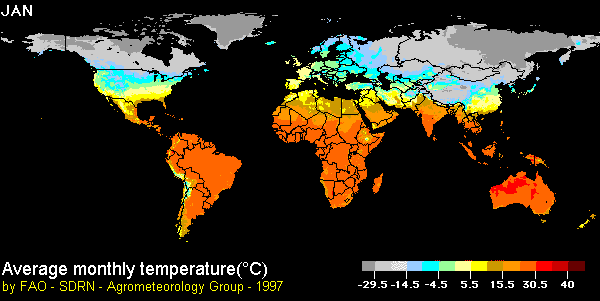Esta entrada también está disponible en: Spanish
Washington, DC, September 16, 2011 – Countries and companies should leapfrog HFCs to protect the climate, according to U.N. Secretary-General Ban Ki-moon in a statement issued today on International Ozone Day. HFCs are super greenhouse gases 2,000 times more potent than carbon dioxide at warming the climate.
The Secretary General highlighted the success of the Montreal Protocol in protecting the global climate as well as the ozone layer. The 1987 Montreal Protocol has provided the equivalent of 11 billion tonnes of CO2 in climate mitigation each year for the past 20 years. Parties explicitly added additional climate protection as well as additional ozone benefits in 2007 with their accelerated phase-out of HCFCs. Ki-Moon called this phase out a “unique opportunity” not only to eliminate ozone-depleting compounds “but do so in a way that lowers energy costs and maximizes climate benefits” by leapfrogging HFCs.
Executive Secretary of the Ozone Secretariat Marco Gonzalez emphasized that the climate benefits of the accelerated HCFC phase-out could be undermined if HFCs are selected as replacement gases. Due to the 2007 accelerated HCFC phase-out, HFCs have become the fastest growing greenhouse gas in the United States and in many other countries. If HFCs are not controlled they could make up more than one third of climate forcing by mid-century.
Ki Moon noted, “Parties to the Montreal Protocol are now considering … proposals to bring hydrofluorocarbons, or HFCs, under the Protocol….” The HFC amendment was first put forward by the Federated States of Micronesia in 2009, and would reduce 85-90% of HFC production and use, achieving climate mitigation equivalent to 100 billion tonnes of CO2 by 2050. The United States, Canada, and Mexico followed with a similar HFC proposal. Last year 91 countries supported reducing HFCs, and more are expected to follow in the coming months. Adding further momentum, earlier this week the European Parliament passed a strong resolution calling for fast action to cut HFCs and other non-CO2 climate forcers, including black carbon, ground-level ozone, and methane.
“Climate change is advancing faster than the policies to address it. We’re losing ground every day and we need the Montreal Protocol to get us back in the game,” warned Durwood Zaelke, President of the Institute for Governance and Sustainable Development. “Very few opportunities exist to effectively target such a significant amount of mitigation, so cheaply, and with 100 percent assurance that it will get done. That’s the beauty of the Montreal Protocol. We know it will work because it has already worked for 96 other chemicals.”
“We have before us, a unique opportunity to avoid 100 gigatons of CO2 equivalent simply by regulating the production and consumption of a single gas. We believe and hope that the world’s leaders will act on the urgency that science is demanding”, said Romina Picolotti, former Secretary of Environment of Argentina, and a leader in ozone protection negotiations.
###
- The UN Secretary-General’s Message on the International Day for the Preservation of the Ozone Layer
- Executive Secretary Ozone Secretariat Ozone Day letter
- European Parliament Resolution on a comprehensive approach to non-CO2 climate-relevant anthropogenic emissions
More Information:
Contact: Andrea Hill, IGSD: +1.202.338.1300, ahill@igsd.org
Romina Picolotti, CEDHA: +54 9 698 2143; rpicolotti@gmail.com

